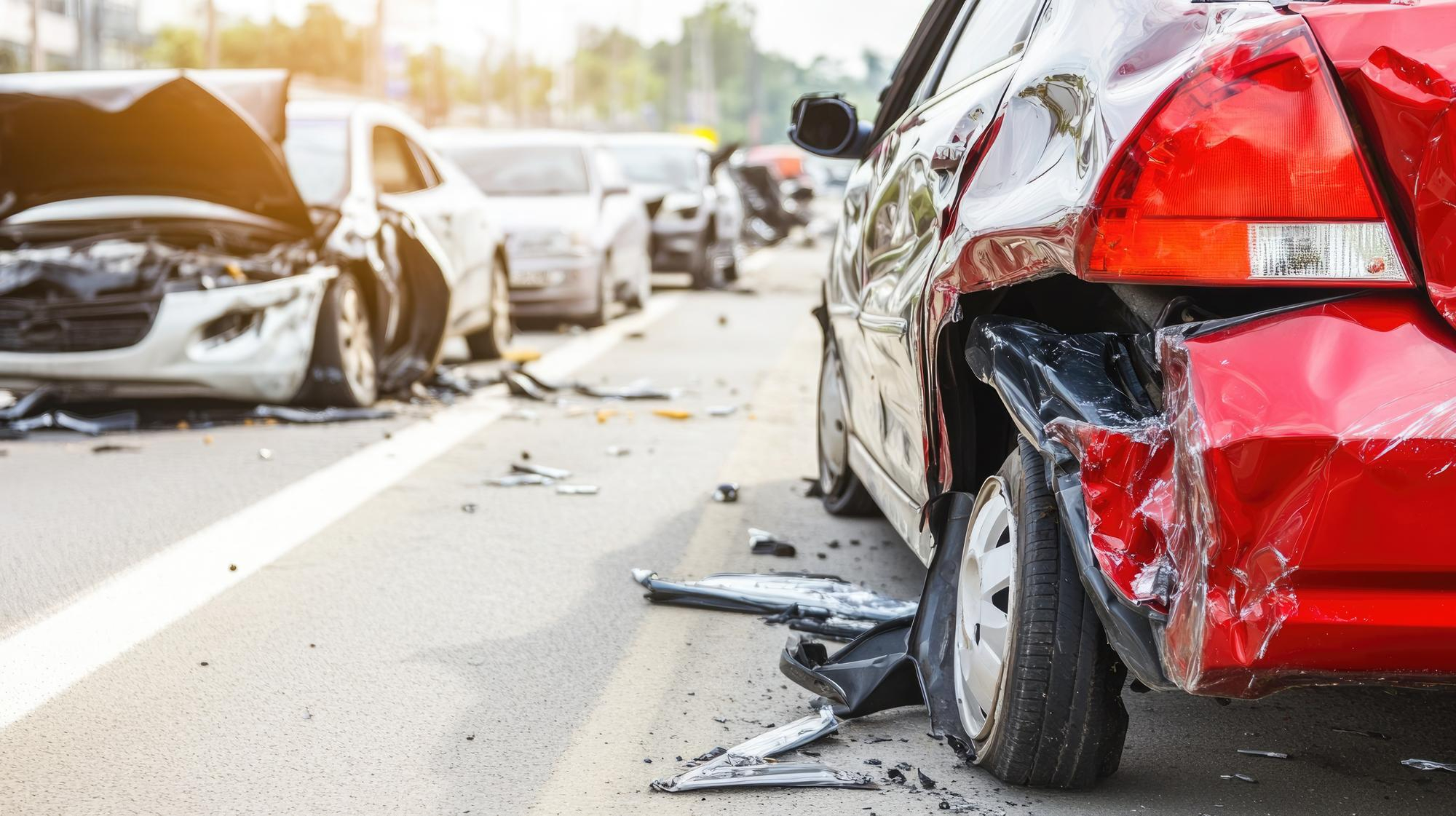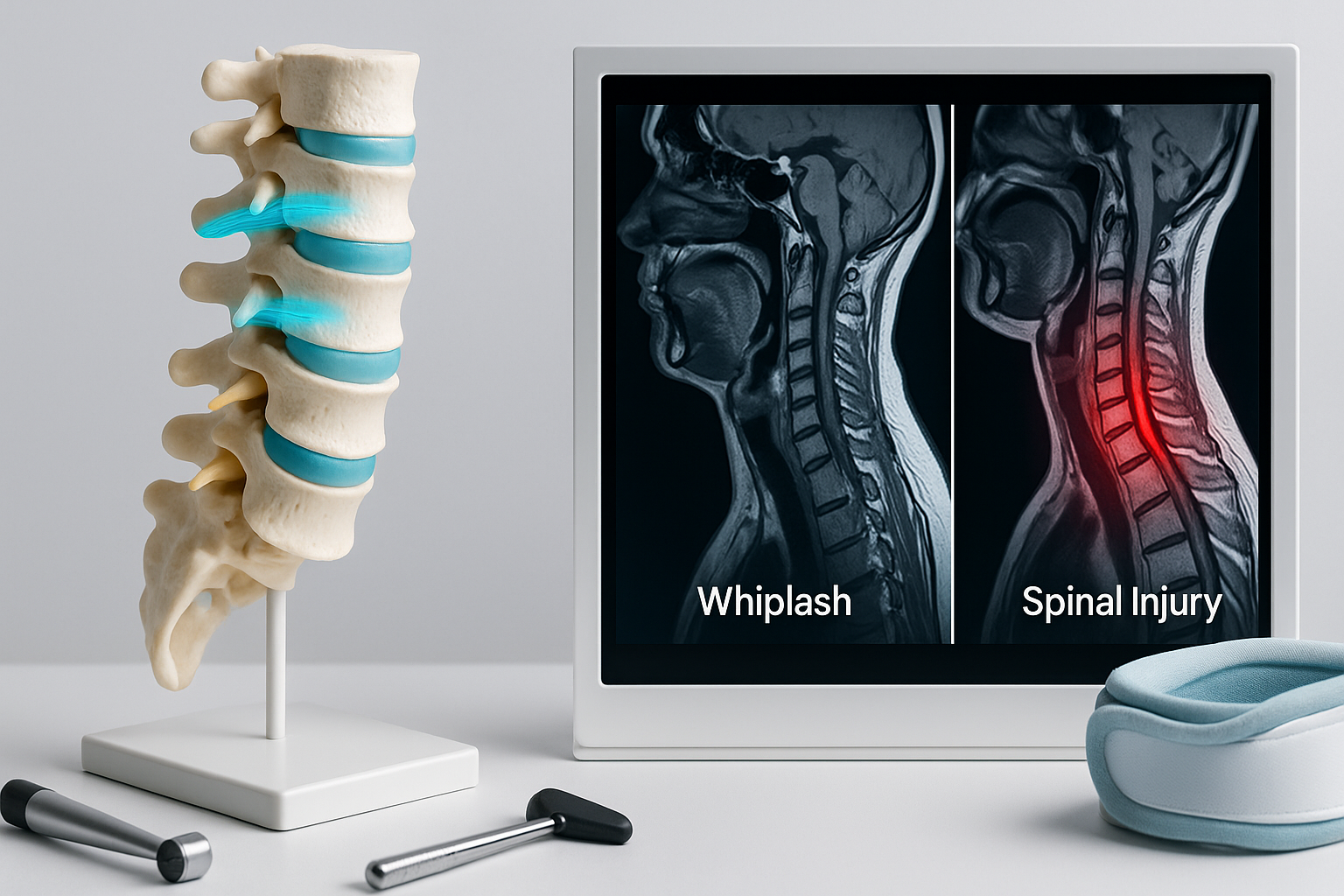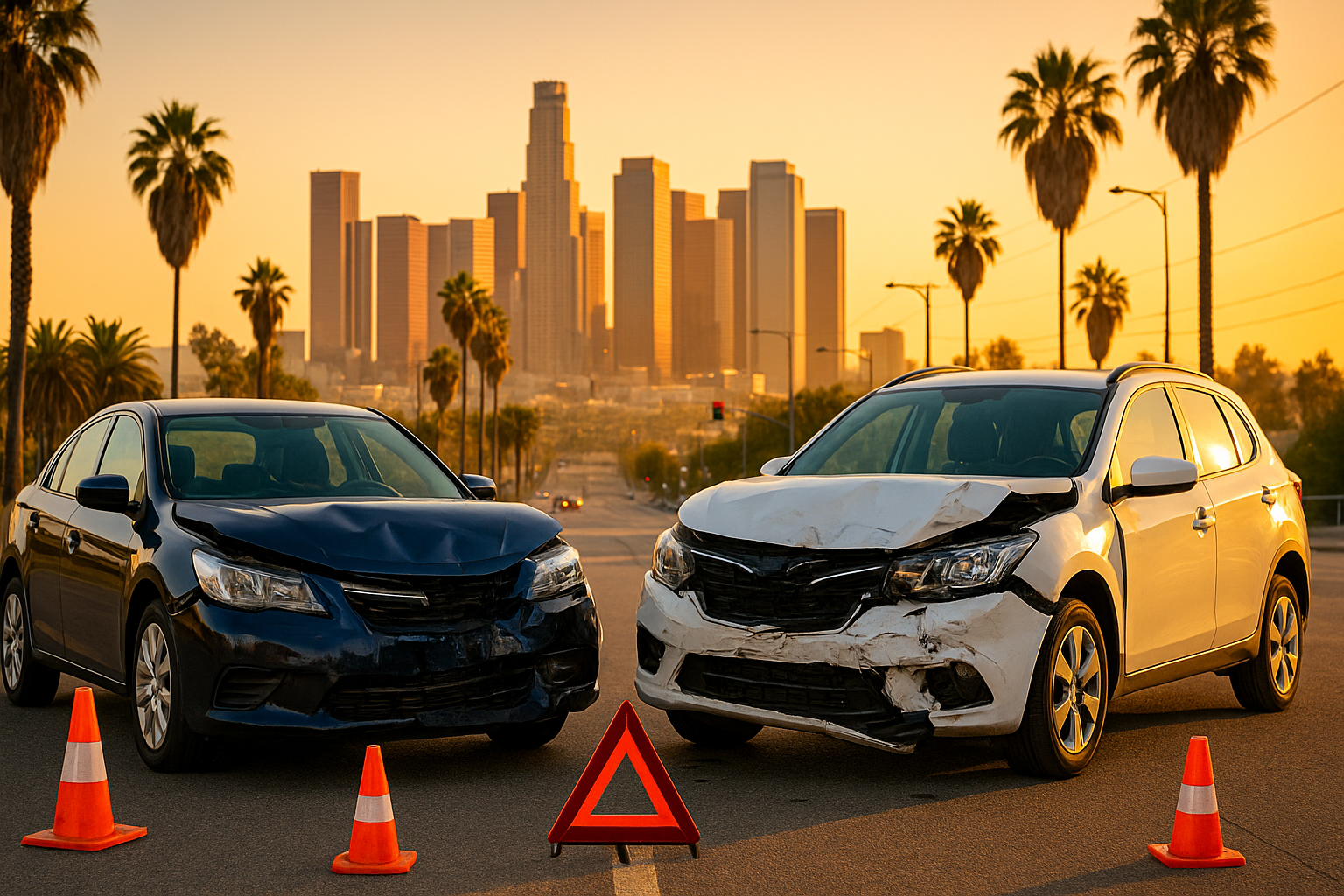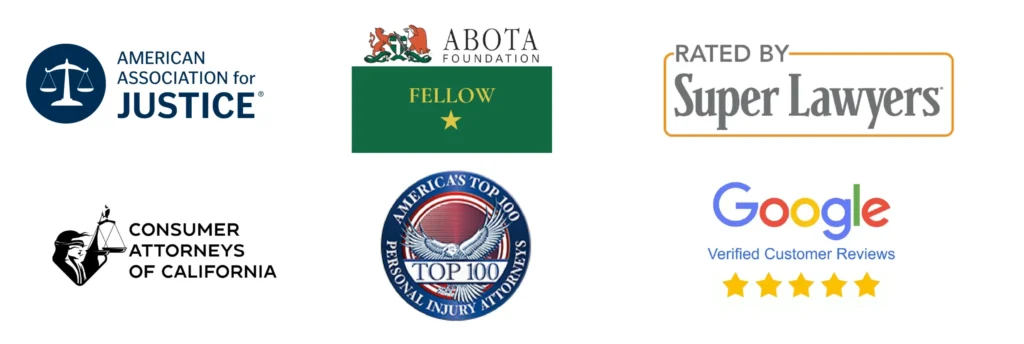Auto Accident Laws: What Drivers Need to Know
Auto accidents are a common occurrence on the roadways, and the laws governing these incidents play a critical role in determining liability, compensation, and legal rights for those involved. For drivers, understanding the basics of auto accident laws is essential to navigating the legal aftermath of a collision. This overview will cover the key aspects of auto accident laws, including traffic regulations, compensation options, and the role of legal advice.
Key Auto Accident Laws and Regulations
Auto accident laws are designed to ensure safety on the roads and provide a framework for resolving disputes when accidents occur. These laws vary by state but generally follow a set of core principles that drivers must be aware of. In California, for instance, traffic laws and fault-based liability are central to the legal process after an accident.
1. Traffic Laws and Regulations
Every driver is required to follow traffic laws that regulate how vehicles must operate on public roads. These laws cover a wide range of behaviors, from speeding and distracted driving to the use of seatbelts and traffic signals. Violations of these laws often lead to accidents, and the responsible party can be held liable for damages.
Key traffic laws related to auto accidents include:
- Speed limits: Exceeding posted speed limits is a common cause of accidents. Drivers must adjust their speed based on road and weather conditions.
- Right of way: Failure to yield the right of way at intersections, pedestrian crossings, and when merging can lead to collisions.
- Distracted driving laws: Many states, including California, prohibit texting and hand-held cell phone use while driving. Violating these laws can result in both fines and increased liability in accidents.
- DUI regulations: Driving under the influence of alcohol or drugs is illegal and often results in severe penalties. California’s legal limit is a blood alcohol concentration (BAC) of 0.08% for drivers over 21 years old.
Understanding and adhering to these traffic laws is crucial not only for avoiding accidents but also for ensuring you aren’t found at fault if a collision does occur.
2. Fault and Liability in Auto Accidents
California follows a fault-based system (or “tort” system) for handling auto accidents. This means that the driver who is determined to be at fault for causing the accident is financially responsible for the damages incurred by others involved.
- Determining Fault: After an accident, law enforcement or insurance adjusters will investigate the circumstances to determine who was at fault. This may involve reviewing witness statements, police reports, traffic camera footage, and the physical evidence at the scene.
- Comparative Negligence: California operates under a comparative negligence rule. This means that if both parties share responsibility for the accident, the compensation awarded is adjusted according to each driver’s degree of fault. For example, if Driver A is 80% at fault and Driver B is 20% at fault, Driver B can recover 80% of the damages they incurred.
Understanding how fault is determined and the impact of comparative negligence is vital, as it directly affects the amount of compensation you can receive after an accident.
3. Insurance Requirements
Auto insurance is a key element of auto accident laws, as it provides financial protection in the event of a collision. California law mandates that all drivers carry minimum liability insurance coverage, which includes:
- $15,000 for bodily injury or death to one person
- $30,000 for bodily injury or death to more than one person
- $5,000 for property damage
Failure to carry the required insurance can result in fines, license suspension, and difficulty recovering damages after an accident. Additionally, California drivers can opt for uninsured/underinsured motorist coverage, which protects them if they are involved in an accident with a driver who lacks sufficient insurance.
4. Statute of Limitations
The statute of limitations is the legal time frame within which you must file a lawsuit following an auto accident. In California, the statute of limitations for personal injury claims arising from car accidents is two years from the date of the accident. For property damage claims, the limit is three years. If you fail to file a lawsuit within these time limits, you may lose your right to seek compensation.
It is crucial to be aware of these deadlines, especially if you are considering filing a personal injury claim after an accident.
Compensation After an Auto Accident
After an auto accident, victims may be entitled to compensation for various types of losses, depending on the severity of the crash and the extent of the damages. The following are the most common forms of compensation available to victims:
1. Medical Expenses
Medical bills are one of the most significant expenses after a car accident. Compensation can cover emergency room visits, surgeries, hospitalization, physical therapy, and ongoing medical care. Even long-term care for permanent disabilities or rehabilitation costs can be included in compensation.
2. Property Damage
In addition to personal injuries, auto accidents often result in damage to the vehicle or other property. Compensation for property damage typically includes the cost of repairs or replacement of the damaged vehicle, as well as reimbursement for any other personal property lost or damaged in the accident.
3. Lost Wages
If an injury from an auto accident causes you to miss work, you can seek compensation for lost wages. This can cover both the immediate loss of income and future earnings if the injury results in a long-term or permanent disability that affects your ability to work.
4. Pain and Suffering
In addition to tangible losses like medical expenses and lost wages, accident victims may also be entitled to compensation for pain and suffering. This includes both the physical pain experienced due to injuries and the emotional trauma that often follows a serious accident.
5. Punitive Damages
In rare cases, punitive damages may be awarded if the at-fault driver’s actions were particularly reckless or malicious. For example, if the driver was under the influence of alcohol or drugs at the time of the accident, the court may impose punitive damages to punish the offender and deter similar behavior in the future.
Legal Process and Seeking Compensation
Navigating the legal aftermath of an auto accident can be complicated, especially if you are dealing with severe injuries or disputes over liability. It’s important to understand your rights and the legal steps involved in seeking compensation:
1. Filing a Claim with Insurance
The first step in seeking compensation after an accident is usually filing a claim with the at-fault driver’s insurance company. The insurance company will investigate the accident and assess the damages. It’s important to note that insurance companies may try to minimize their payout, so you should be prepared to negotiate.
2. Settling Out of Court
Many auto accident cases are settled out of court through negotiations with the insurance company. However, it’s important to carefully review any settlement offer before accepting it. A personal injury attorney can help ensure that the settlement offer fully compensates you for your injuries and losses.
3. Filing a Lawsuit
If a fair settlement cannot be reached, you may need to file a personal injury lawsuit. In this case, your attorney will gather evidence, interview witnesses, and represent your case in court. A successful lawsuit can result in higher compensation than what was initially offered by the insurance company.
4. The Role of Legal Advice
Hiring a personal injury attorney after an auto accident can be critical, especially in cases where liability is disputed or the injuries are severe. An attorney can help you navigate the complexities of personal injury law, negotiate with insurance companies, and represent you in court if necessary.
Conclusion
Understanding the laws governing auto accidents is essential for drivers in California and beyond. By knowing your rights and responsibilities, you can better protect yourself in the event of an accident. From following traffic regulations to ensuring you have the proper insurance coverage, staying informed about auto accident laws can help you navigate the aftermath of a collision more effectively. If you’re involved in an accident, consulting with a personal injury attorney is often the best way to ensure that you receive fair compensation for your injuries and losses.




